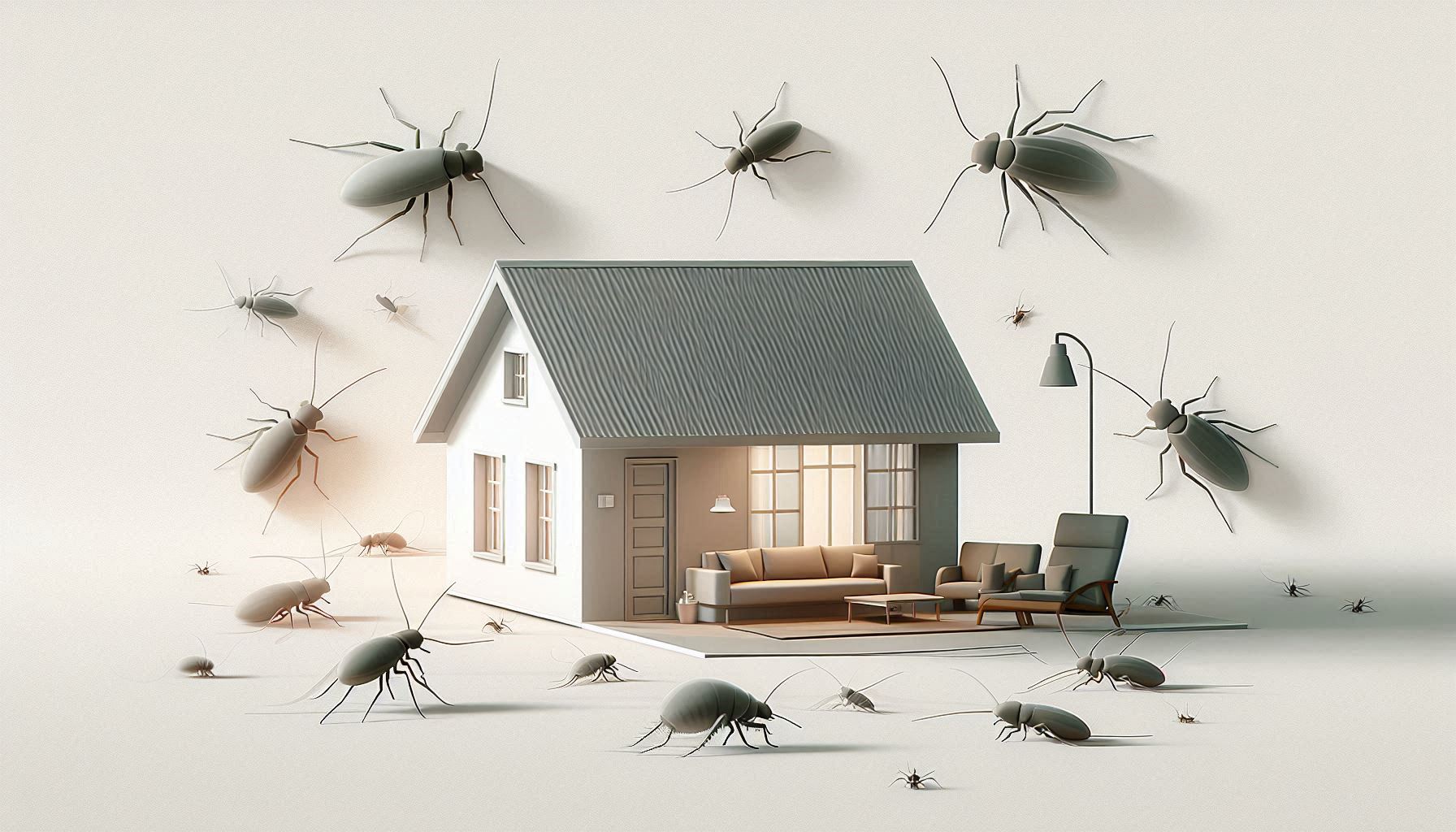Ever wondered why ants often emerge from the gaps between floor and wall tiles? The reason lies beneath—especially in Egypt, where leveling sand is commonly used as a substrate. This sand, though effective for leveling, creates the perfect environment for insects to thrive. With the right conditions—moisture, warmth, and food particles—it can become home to ants, termites, and even mold. And it doesn’t stop there. Poor construction details can lead to other health hazards, from pest infestations to water leaks, compromising both hygiene and structural integrity.
Let’s explore the connection between construction details and hygiene in architectural spaces and why attention to these details is vital.
The Hidden Risks Beneath the Surface
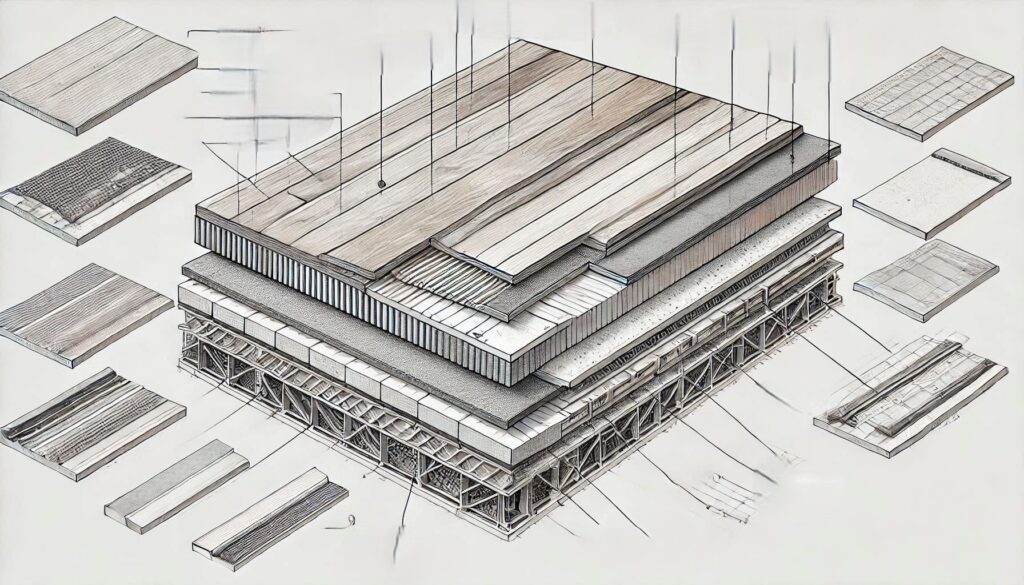
- Leveling Sand: A Breeding Ground for Trouble
- Pest Infiltration: The loose, porous nature of leveling sand provides ideal nesting grounds for ants, cockroaches, and termites. Once established, these pests are difficult to eradicate and can pose health risks by contaminating food or spreading allergens.
- Moisture Retention: Sand absorbs and retains water, especially when there are leaks from plumbing or roofs. This creates a damp environment that encourages mold growth, which can lead to respiratory issues.
- Improper Joint Sealing
- Gaps between tiles, walls, and floors not only allow insects to enter but also trap dirt and moisture. Over time, these become breeding grounds for bacteria and fungi, affecting indoor air quality and hygiene.
- Ventilation and Drainage Failures
- Inadequate ventilation systems can trap humidity, promoting mold growth in hidden areas such as ceilings and walls. Similarly, poorly designed drainage systems can lead to stagnant water, attracting mosquitoes and other pests.
- Material Choices and Toxicity
- Some construction materials release volatile organic compounds (VOCs) into the air, affecting indoor air quality. Low-quality adhesives, paints, or sealants may also degrade over time, creating micro-cracks that harbor bacteria and pests.
Health Hazards and Hygiene Compromises
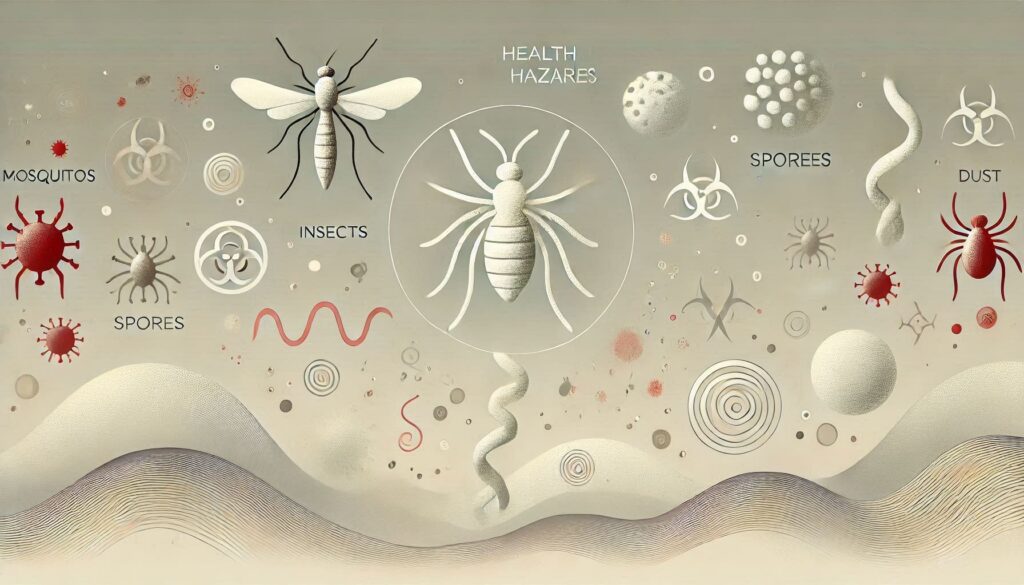
- Respiratory Issues
- Mold spores from damp substrates or poorly ventilated spaces can trigger asthma and allergies. Similarly, dust mites thrive in poorly sealed cracks and crevices, exacerbating respiratory conditions.
- Contamination Risks
- Pests, particularly cockroaches and rodents, can contaminate food and water supplies. Gaps in construction allow them to infiltrate kitchens and storage areas.
- Structural Weaknesses
- Termites attracted to sand and damp wood, can weaken wooden structural components over time, leading to costly repairs and potential safety risks.
- Increased Maintenance Costs
- Poor construction details mean more frequent cleaning, pest control treatments, and repairs. This not only increases costs but also disrupts the occupants’ daily lives.
The Role of Construction Details in Maintaining Hygiene
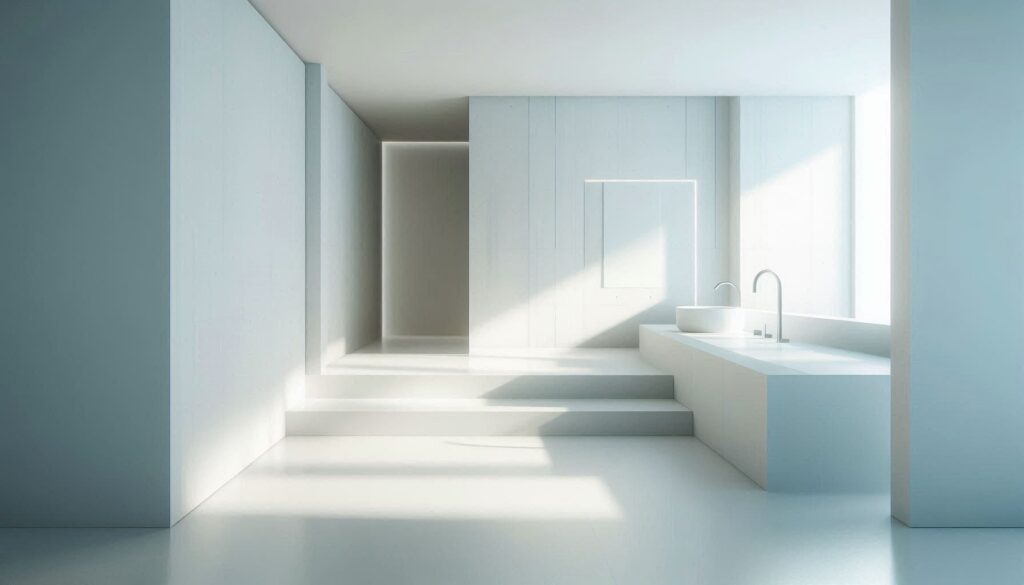
- Proper Substrate Selection
- Replace leveling sand with more durable and pest-resistant materials, such as concrete or self-leveling compounds.
- Ensure substrates are treated with anti-pest solutions before tiling.
- Sealing and Joint Design
- Use high-quality, water-resistant grouts and sealants for tile joints.
- Incorporate coving at wall-floor junctions to eliminate hard-to-clean gaps.
- Moisture Control
- Install waterproof membranes under floors and behind walls in wet areas such as bathrooms and kitchens.
- Ensure proper sloping in drainage areas to prevent water pooling.
- Ventilation and Drainage Systems
- Design effective ventilation systems to control humidity.
- Regularly inspect and maintain drainage systems to prevent leaks and blockages.
- Material Selection
- Use non-toxic, low-VOC materials to maintain indoor air quality.
- Opt for anti-microbial surfaces, especially in high-humidity areas.
Solutions for Egyptian and Middle Eastern Contexts

- Localized Challenges
- In Egypt, high humidity levels near the coast and temperature fluctuations in desert areas necessitate specific design solutions.
- The use of traditional materials like sand and brick should be updated with modern pest-resistant alternatives where possible.
- Government and Regulatory Role
- Stricter building codes should be enforced to include hygiene standards, such as mandatory waterproofing and pest control treatments during construction.
- Community Awareness
- Educate homeowners and contractors on the long-term benefits of investing in quality construction materials and practices.
The Payoff: Healthier, Happier Spaces
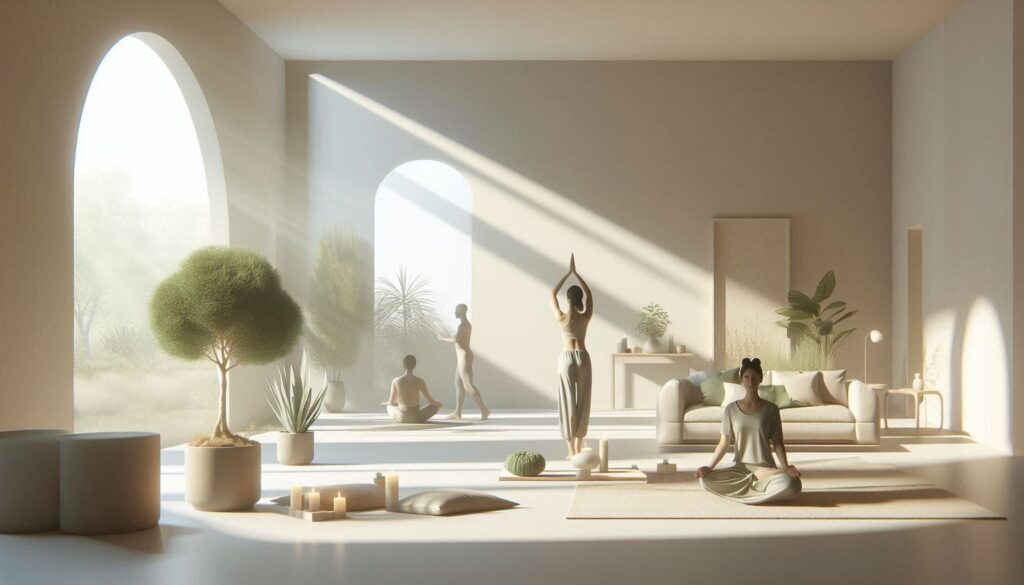
When construction details prioritize hygiene, the results are transformative:
- Cleaner, healthier living environments.
- Reduced maintenance costs and pest control expenses.
- Longer-lasting buildings with fewer structural problems.
By addressing the seemingly small details, such as the choice of substrate or the sealing of a tile joint, we can create spaces that are not only beautiful but also safe and sustainable. It’s time to rethink how we build and prioritize hygiene at every step of the process.

